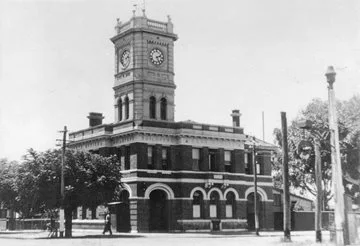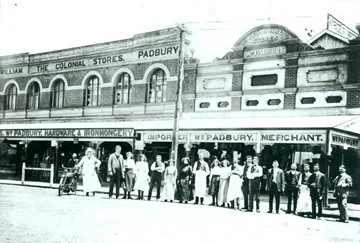Guildford is one of three towns established in 1829, and its plan was based on the model of an English country town. Today, it is one of only three towns in Perth on the National Trust register. Guildford has also been officially added to the State Register of Heritage Places.
The Guildford area is enclosed on a peninsular, formed by the Swan and Helena Rivers and was named by Captain James Stirling after his father-in-law's lectorate in Surrey, England. As the furthest navigable point on the Swan River, Guildford became an inland port, providing the main link between Perth and the country districts.
In 1851, it became a convict ticket-of-leave hiring depot and steamboats made their debut in 1857. Guildford became a thriving market town and commercial centre. The town was declared a municipality in 1871 and granted its own crest of anchor, sheaf and grapes.
Guildford's status changed dramatically with the establishment of the railways in the 1880s. River transport declined rapidly and with the rise of Midland Junction in the 1890s, Guildford's commercial importance eroded.
During World War I, the remount depot in South Guildford was used by the WA contingent of the 10th Light Horse Regiment, while in World War II, Guildford Grammar School was requisitioned by the American troops as the 5th Station Military Hospital.
The first commercial flights started from the newly developed Guildford Aerodrome (now Perth Airport) in South Guildford in 1944. In 1960, the Guildford Council merged with the Swan Road Board to form the Swan-Guildford Shire before that body merged with the Town of Midland to form the Shire of Swan in 1970.
Guildford was declared a Historic Town in 1984. Its historical buildings, rich heritage and proximity to the Swan Valley, continue to charm the thousands of tourists who visit the area each year.


